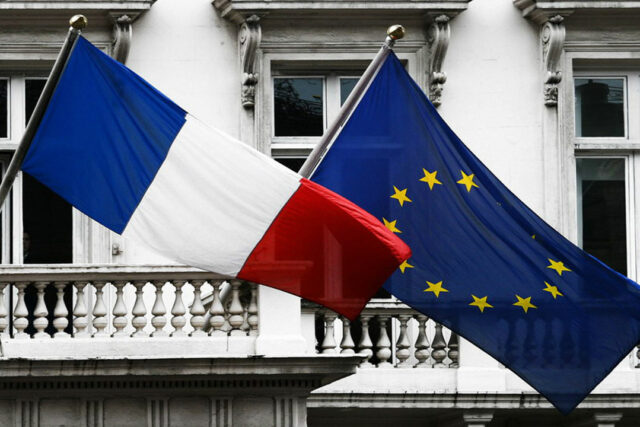Local paper producer helps PHL clients use eco-friendly packaging
PRESTIGE Paper Products is helping other Philippine companies to commit to their sustainable initiatives by supplying them with eco-friendly paper materials.
“We’ve been seeing a shift among brands to more sustainable materials,” Lea Marie Ayeng, chief executive officer at the small and medium enterprise, said in a video interview.
This is due to legislation such as the Extended Producer’s Responsibility (EPR) Act and brands being pressured by their global counterparts to look into materials with a lower environmental footprint.
The EPR Act, which lapsed into law in 2022, requires big companies with assets worth more than P100 million to be environmentally responsible throughout the life cycle of a product, especially its post-consumer or end-of-life stage.
Under the law, these companies must register with the National Solid Waste Management Commission their EPR programs to reduce or recover for reuse or recycling the plastic packaging waste that they release to the local market.
Plastic packaging covered by the law includes sachets, labels, laminates and other flexible plastic packaging products; rigid plastics used for beverages, food, home, personal care and cosmetic products and their caps, cutlery, plates and drinking straws; plastic bags; and polystyrene.
The Department of Environment and Natural Resources data showed that as of October 2023, 745 enterprises had submitted their EPR programs, fewer than the 4,000 expected.
Other uses of Prestige’s premium special paper are for calling cards, letterheads and stationaries, publication and arts and crafts.
“We have also worked with certain hotels pushing for certified paper like Okada Manila and Newport World Resorts,” Ms. Ayeng said. “We’ve also worked with SM and Ayala for their brochures.”
She said companies should use sustainable materials to comply with the law.
Instead of using the PVC-based Sintra board — a plastic vinyl board suitable for mounting banners and photos — Prestige offers the Eska board, which is made of 100% recovered paper.
“You cannot greenwash, as if we are saying, ‘Oh, our spaces are environment-friendly,’ but you have to start auditing the other materials that you’re using, otherwise it’s going to hurt your brand,” Ms. Ayeng said.
Prestige, which started in 1996, ensures that the brands it carries are made with pulp from well-managed forests and have been certified by the Programme for the Endorsement of Forest Certification and Forest Stewardship Council.
“We believe that being responsible is also a profitable business,” she said.
Prestige is a member of the UN Global Compact, the largest corporate sustainability initiative that calls on companies to align their strategies and operations to achieve sustainable development goals by 2030.
“Before the pandemic, the demand was coming from the graphic or commercial printing, but the demand shifted to packaging, labeling and at the same time, more eco-friendly promotional materials,” Ms. Ayeng said.
She said Prestige has helped local companies shift to sustainable packaging materials as well as the so-called corporate collaterals of various hotels, real estate and small businesses as they try to conquer the global market.
Ms. Ayeng said one of the company’s fastest-selling products is specialty paper of the Italian mill Fedrigoni, which is used as a packaging material for luxury brands Louis Vuitton and Dior.
She said Prestige’s stationery items are selling well overseas, but it would rather focus on boosting its online presence and expanding its branches locally. — Aubrey Rose A. Inosante












